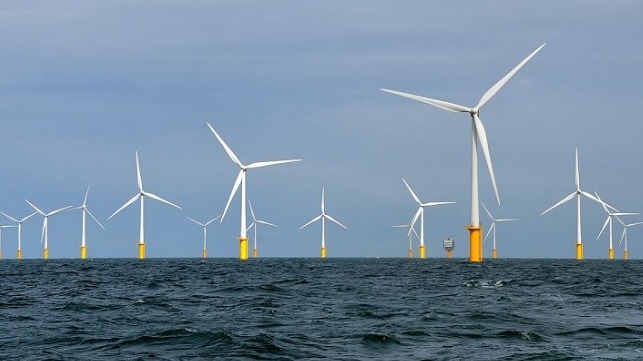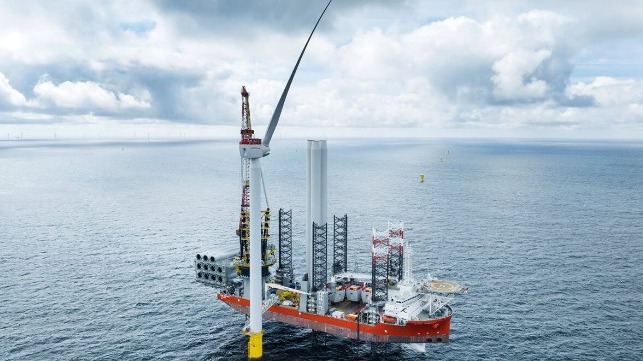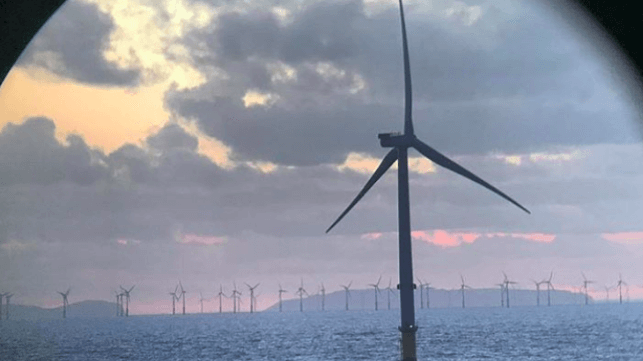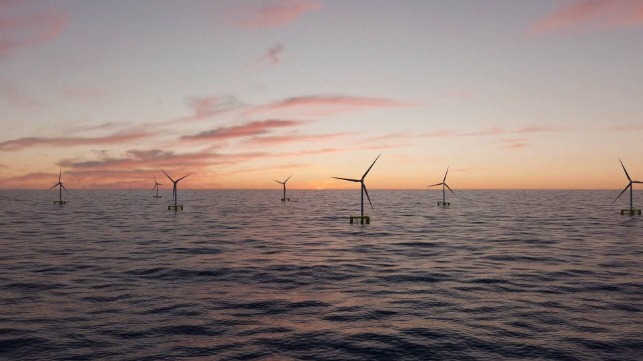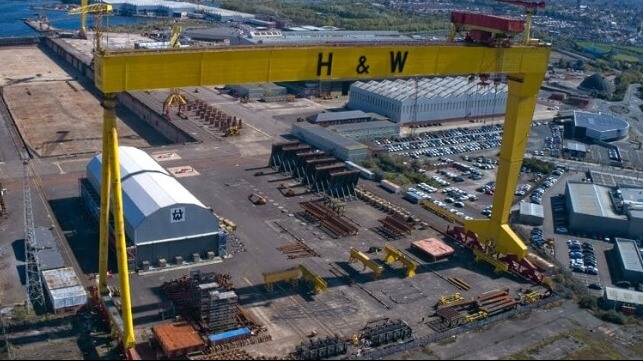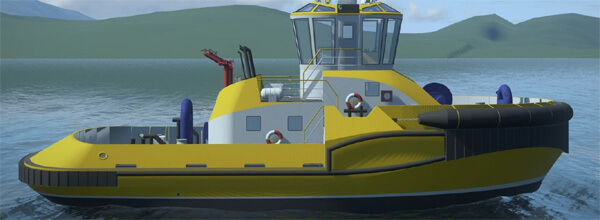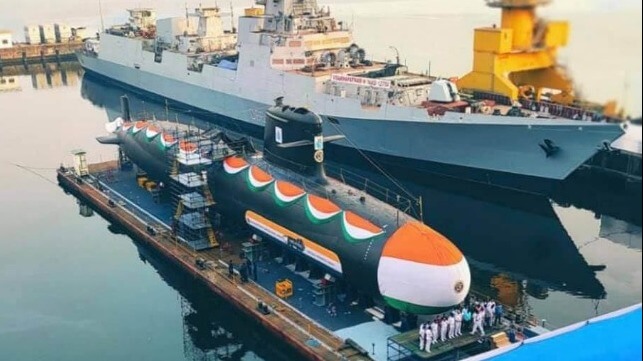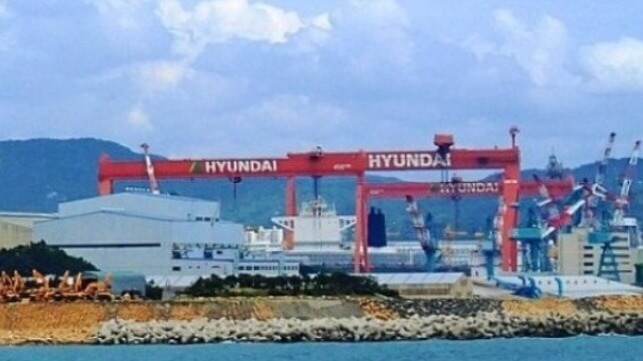Building a Safer North: Climate Security Risks in the Canadian Arctic
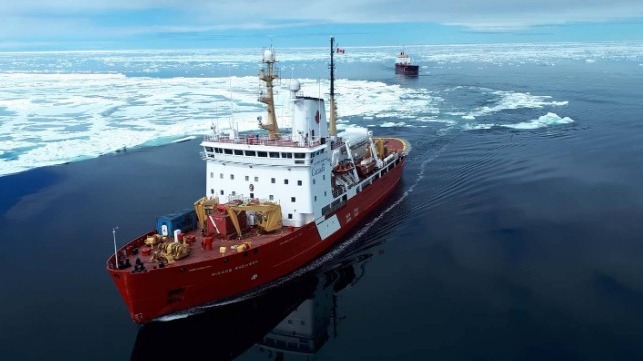
“What happens in the North impacts the world, and when you look at security issues and climate change, the world is paying attention more than ever,” recently noted Canadian Governor-General Mary Simon at an event at the Arktikum Science Centre in Rovaniemi, on February 9th, 2023.
Her comments reflected the profound and ongoing effects that Russia’s re-invasion of Ukraine in February 2022 has had on Arctic security, leading to a renewed global focus on the region – a focus which, in Canada, further intensified recently with the Chinese spy balloon incident acting as a reminder of the role that the Canadian Arctic plays in continental defense. Governor-General Simon’s remarks also mirror how interconnected climate and security realities are, in a region where freezing geopolitics interact with thawing landscapes.
In the Canadian Arctic, which is warming at least three times as fast as the rest of the globe, the physical impacts of climate change include permafrost thaw, decreasing snow cover, reducing summer sea ice, and sea-level rise leading to coastal erosion and flooding (in the Beaufort Sea, sea level has been rising by almost an inch a year over the last two decades). Climate change also contributes to changes in Canadian Arctic ecosystems -such as tundra greening and shifting boreal tree line due to intensifying boreal wildfires– ocean acidification, and increased precipitation.
Climate change is increasingly being recognized as a threat (or risk)-multiplier, as its effects interact with and have the potential to exacerbate pre-existing threats and other drivers of instability to contribute to security risks. In an effort to advance Canada’s awareness of these risks, the Canadian Security Intelligence Service recently published an analysis outlining how climate change compounds and accelerates other security issues.
In the Canadian Arctic in particular, beyond threats to landscapes and ecosystems, climate and environmental impacts converge with evolving strategic and security realities, posing a threat to human and national security.
Human-security risks
The primary and most pressing risk from climate change in the region lies in how it affects the human security, health, livelihoods, traditional lifestyles, and identity of local, mostly Indigenous, communities.
In particular, thawing permafrost exacerbates the pre-existing challenges related to the limited and underfunded local infrastructure, as homes, roads, runways and bridges are sinking in while pipelines and sewage systems are collapsing. In Iqaluit, this leads to serious environmental and health risks due to unintended spills and the contamination of freshwater supplies. Furthermore, in a region subject to the tyranny of distance, and where mobility is crucial to economic activity and to the survival of remote communities, the warming weather fragilizes ice roads and undermines hunting practices and the reliability of transportation, leading to more frequent accidents, and ultimately threatening food security. Rising sea levels also endanger entire coastal communities, with some of them being forced to relocate.
Northern communities also face the security consequences of intensifying maritime activity in slowly opening waters, as increasing navigation in the Canadian archipelago means higher risk of environmental damage through oil spill, release of other pollutants, and damage to important marine life zones. Lastly, shifting migratory routes for animals due to climate-caused loss of habitat means both higher-risk of animal-borne diseases and limited access to traditional food sources, such as caribou, seals and fish species.
Risks to national security
Climate change in the Canadian Arctic also poses threats to national security on multiple levels, ranging from conventional to hybrid issues.
As competition may intensify for a more accessible Arctic which is expected to become more economically viable, the enforcement of Canada’s sovereignty is going to be challenged. Indeed, Canada has limited resources to monitor and respond to unwanted activity in its vast Arctic territory, including in the Northwest Passage – where legal status has long been disputed by other Arctic stakeholders.
In the grey-zone dimension, climate change is likely to amplify opportunities for malign actors to engage in the Canadian Arctic through below-the-threshold operations, aiming at destabilizing Canada by creating or instrumentalizing vulnerabilities, and blurring the line between legitimate forms of engagement and malign behaviors. Case-in-point for this are the activities carried out by China, which long-standing Arctic ambitions are often clashing with the interests of Canada and of other sovereign Arctic countries. Climate change may empower Chinese hybrid activities in the Canadian Arctic in several ways, from justifying a deeper scientific footprint to monitor climate impacts in strategically-significant locations to enticing Chinese investments in the Canadian mining sector as part of the clean energy transition.
Furthermore, as warming waters are challenging global fisheries and drawing new fish species to the North, Chinese fishing fleets can use the opportunity to enter Canadian Arctic waters, carry out reconnaissance activities and test gaps in Canada’s maritime and communication capacities. It is also worth noting that the multiple human-security risks from climate change outlined above intersect with the national security risks stemming from hybrid tactics, as climate change undermines societal resilience to external threats, such as cyberattacks or espionage activities.
Furthermore, climate effects are challenging military readiness in the Canadian Arctic, as they impact missions, operational plans, and installations in the region. As ice melts, permafrost thaws, and storm behaviors evolve, damage to infrastructure will affect northern military installations including runways, heating systems and energy supply. Melting ice roads will disrupt access to bases and undermine transportation and supply. Such risks may be particularly problematic for the surveillance stations that are part of the North Warning System: should they become increasingly difficult to operate, this may, in turn, weaken their missile surveillance and warning capacities. Moreover, freezing rains, which have been found to be shifting northward and increasing in occurrence in the Canadian winter due to climate change, have major consequences for ground and air transportation and are already impacting the readiness of air forces stationed in the North. Of note, in a recent, high-profile instance, freezing rains have been presented by Chief of the Defence Staff Gen Eyre as the reason why Canadian fighter jets were delayed in departing to shoot down the Chinese balloon flying over Yukon on 4th February 2023.
Lastly, climate impacts will put a growing strain on Canadian forces, as they will need to address a surge in concurrent emergencies such as search-and-rescue and environmental-disaster response, related to the growing volume of maritime traffic in challenging Arctic conditions. Other concurrent unconventional issues requiring resources and attention from Northern forces in Arctic waters may include illegal shipping, smuggling, and other transnational organized crime activities.
Policy opportunities for a climate-resilient Canadian Arctic
In light of this wide array of climate-related risks, Canada has an opportunity to deepen the integration of climate impacts across Arctic security planning and processes, and to adapt its security structure to anticipate and respond to evolving climate-security threats.
Championing climate adaptation and mitigation from military forces:
This effort should entail proactively adapting Canada’s Arctic military infrastructure and equipment to rapidly changing climate conditions, in order to safeguard the Canadian Armed Forces’ ability to enforce sovereignty and to project force into the region. In this perspective, increasing Arctic presence and investing in maritime and space-based assets will be key to closing the long-standing gaps in Canada’s Arctic maritime domain awareness. Furthermore, the Canadian Armed Force’s (CAF) climate security efforts in the Arctic should include working to improve its energy consumption and efficiency, and minimizing its environmental footprint. Efforts toward greater energy resilience would further contribute to improving the CAF’s military performance in the region by overcoming the challenges related to remoteness and mobility.
Conceptualizing multi-purpose infrastructure through integrated thinking:
Given the extent of the challenge, and the profound nature of the Canadian Arctic infrastructure gap, a whole-of-government effort is required, in partnership with civil society and the private sector, in order to drive defense and energy technology innovation and build a multi-purpose, climate-resilient and low-carbon infrastructure benefitting both civilian and military communities. Only an inclusive and coordinated approach advocated by Indigenous-led organizations such as Arctic360, will ensure that local communities benefit economically from these investments, and that their cultural practices and self-determination are not threatened.
Similarly, efforts to advance climate security in the Canadian Arctic should focus on understanding the crucial, yet often overlooked, Indigenous traditional knowledge in both the security and scientific domains, and on integrating this knowledge into foresight efforts, decision-making process, and military training and operations.
Strengthening continental and transatlantic cooperation:
Finally, as issues related to climate change and security transcend boundaries, Canada will need to cooperate with Arctic allies and partners to design innovative solutions and capitalize on knowledge and capabilities.
In particular, the United States, Canada’s closest military ally, has boosted its focus on climate security and resilience in recent years, including in the design of the White House’s Arctic strategy released in October 2022. The close partnership between Canada and the U.S. should move toward stronger cooperation in responding to climate impacts in the Arctic. This means systematically incorporating the climate factor in joint military training and exercises, and agreeing on equitable investments for the upgrade and climate-resilience of the North Warning System to strengthen continental defense.
Transatlantic cooperation with allies and partners will also continue to be key. In this regard, the new NATO Center of Excellence on Climate Change and Security (CCASCOE), to be hosted in Montreal, should serve as a platform to coordinate national climate-security efforts in the Arctic and provide guidance for allies and partners to operate sustainably in the region. Activities may include wargaming and simulations that are specific to the climate challenges faced by military forces in the Arctic, as well as harnessing relevant technical expertise – such as Finland and Sweden’s green energy industry and innovation capacities -, and buttressing partnerships with local and Indigenous communities to ensure responsible operations. By taking the lead on NATO’s Arctic engagement through CCASCOE, Canada is well positioned to ensure that human security, as well as sovereignty, are thoughtfully considered as part of NATO’s ascension in the region.
Addressing climate security risks in the Canadian Arctic in a proactive, coordinated, and integrated manner will ultimately result in advancing Indigenous reconciliation, enhancing continental defense, and establishing Canada as a leader on the international Arctic scene. “Strong at Home, Secure in North America, and Engaged in the World.”
Pauline Baudu is a Senior Fellow at Arctic360 (Toronto), Associate at Arctic Security Consultants (Ottawa) and Nonresident Research Fellow at the Center for Climate and Security (Washington, DC).
This article appears courtesy of the author and was first published by The Vanguard. It may be found in its original form here.
The opinions expressed herein are the author's and not necessarily those of The Maritime Executive
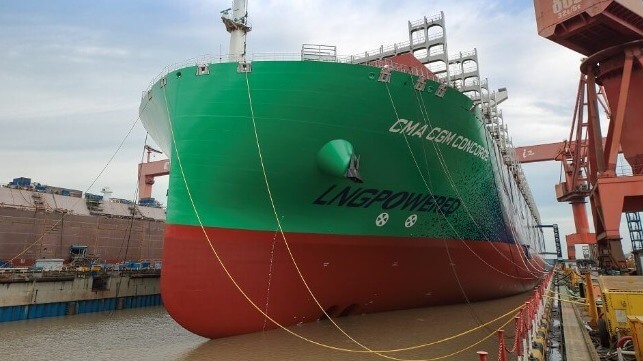
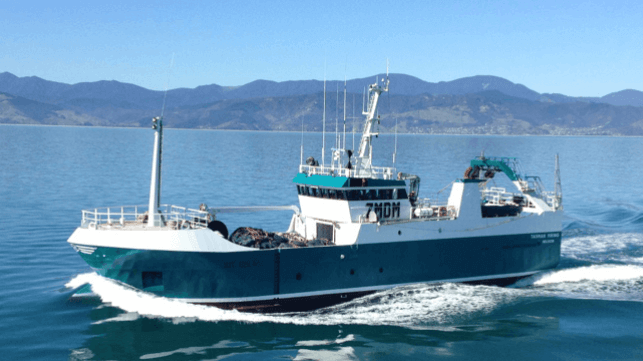
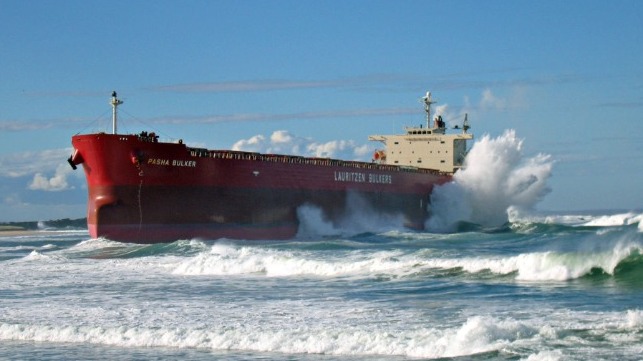
 Cameron Livingstone MNI is the secretary of the
Cameron Livingstone MNI is the secretary of the 